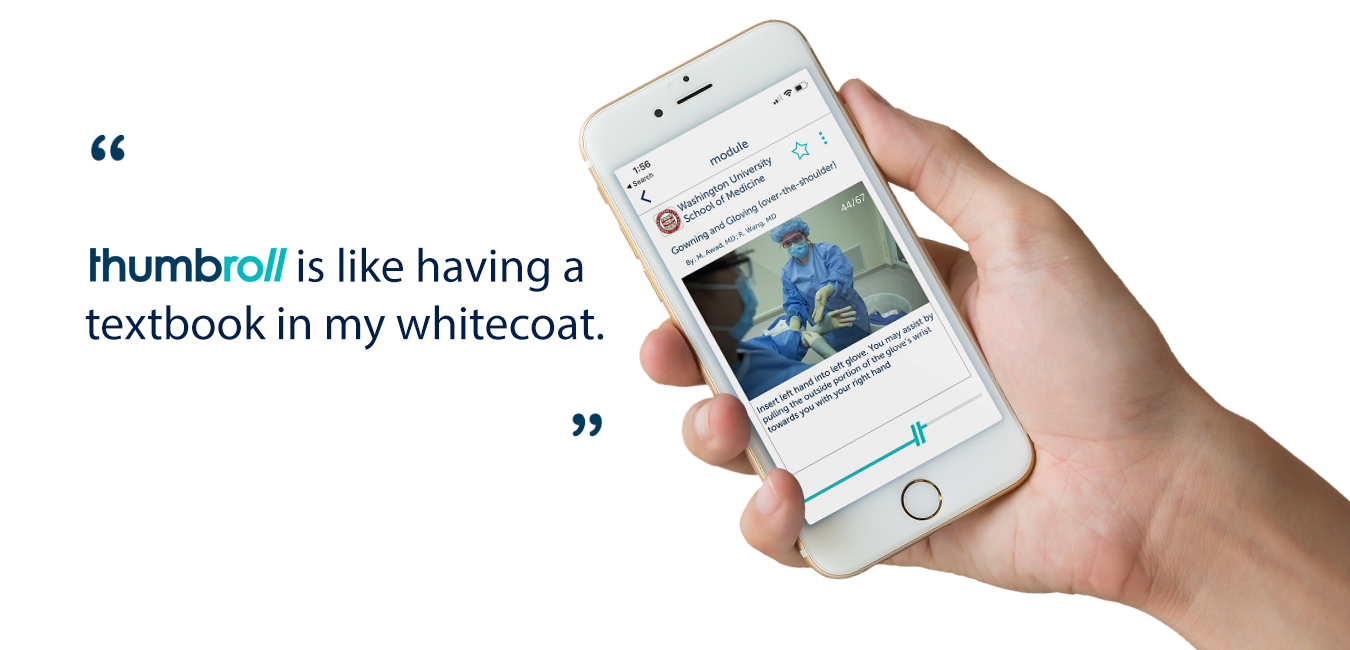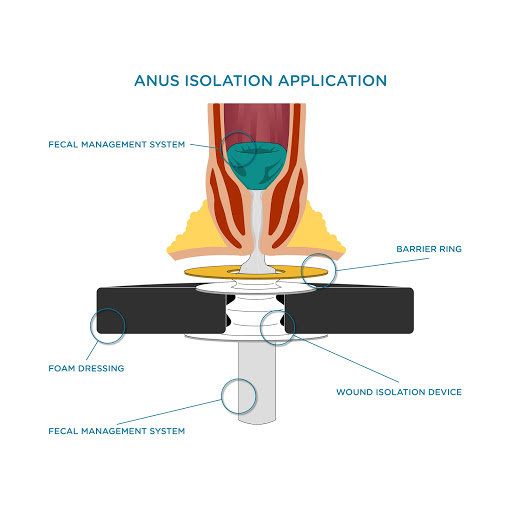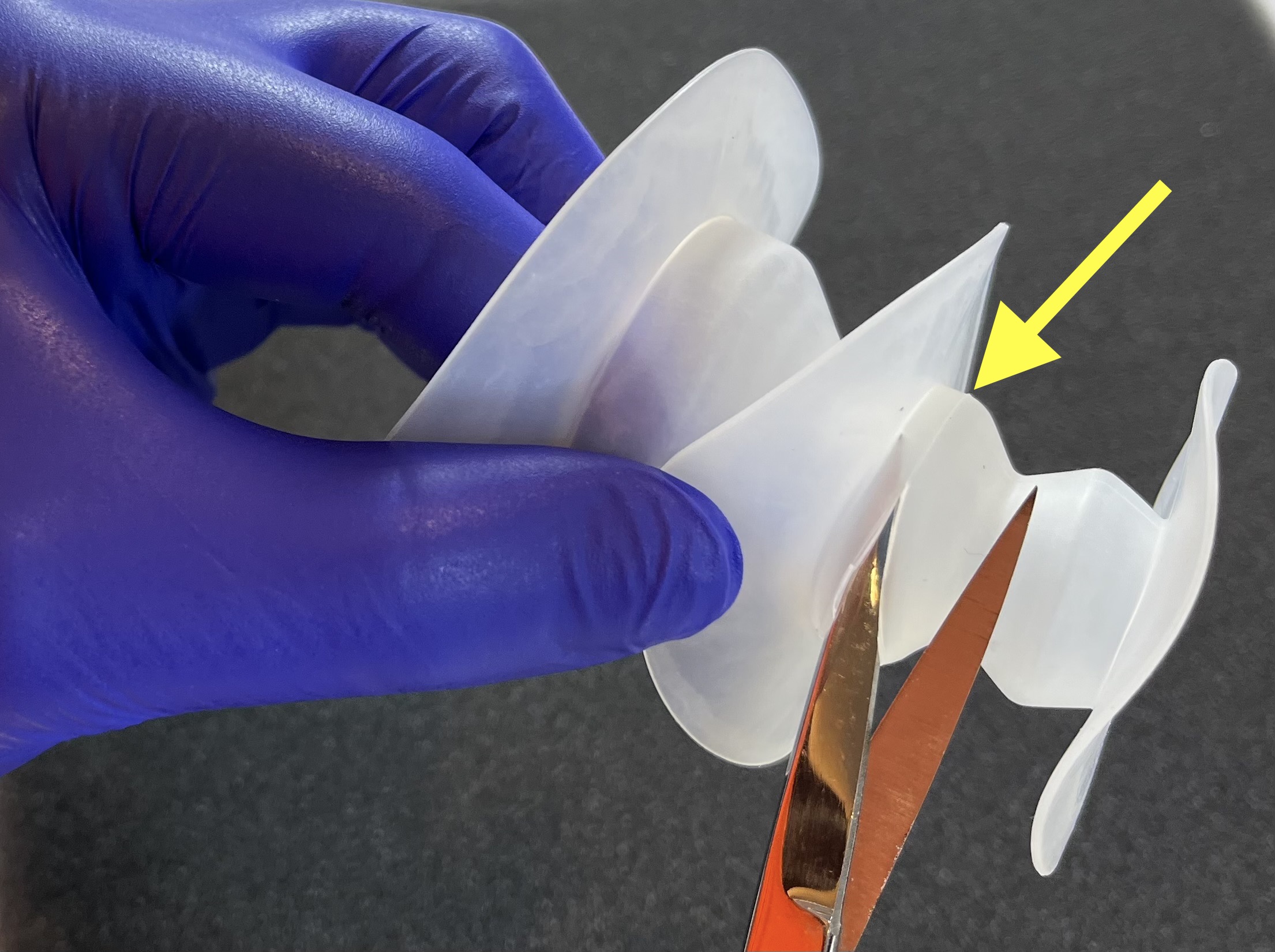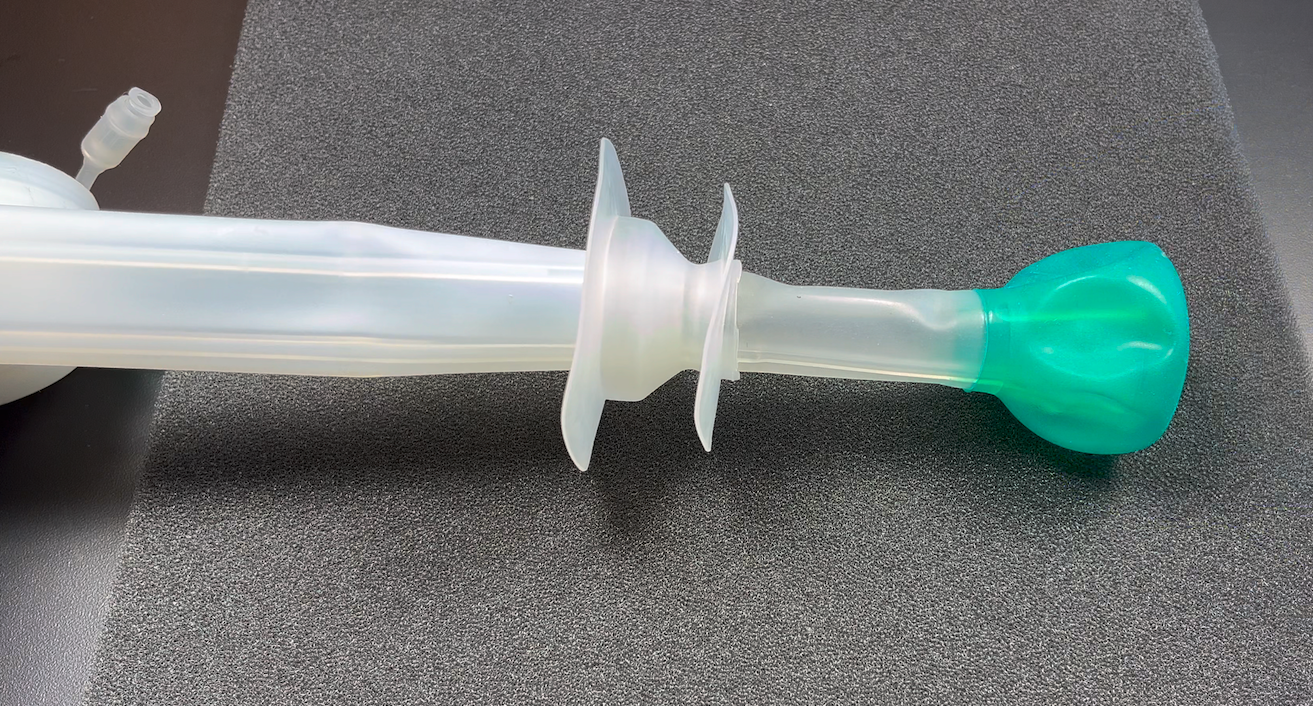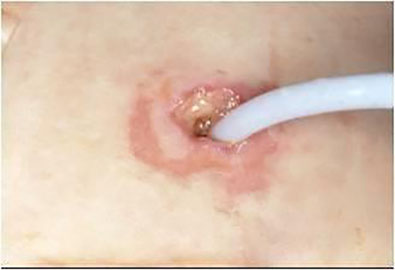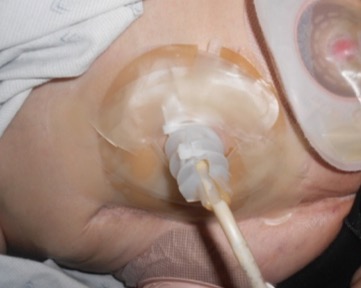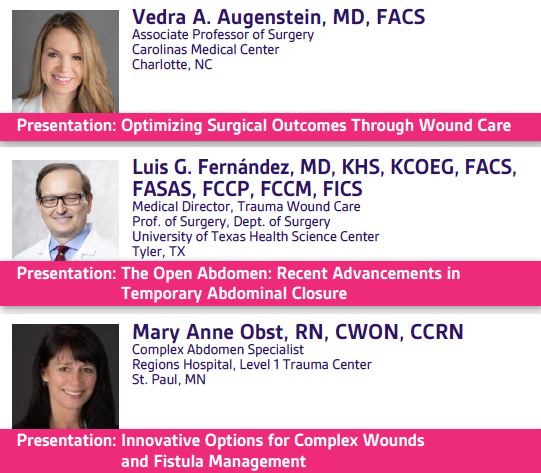Mary Anne Obst, RN, CWON, CCRN, presents in this free recorded webinar that will increase your knowledge of enteric fistulas and their management. This informative program will give you practical insights into assessing the patient with an enteric fistula. Mary Anne will also cover the medical, surgical, and wound care strategies that can help optimize patient outcomes.
Click here to view the webinar.
Sharing her clinical expertise as a complex abdomen specialist, Ms. Obst will outline the risk factors associated with enteric fistulas and the preventive measures that may help reduce complications. Critical factors for successful fistula management and closure will be covered. Mary Anne will also discuss specific wound care principles and the application of the "pinch test" as the gateway to surgical readiness.


